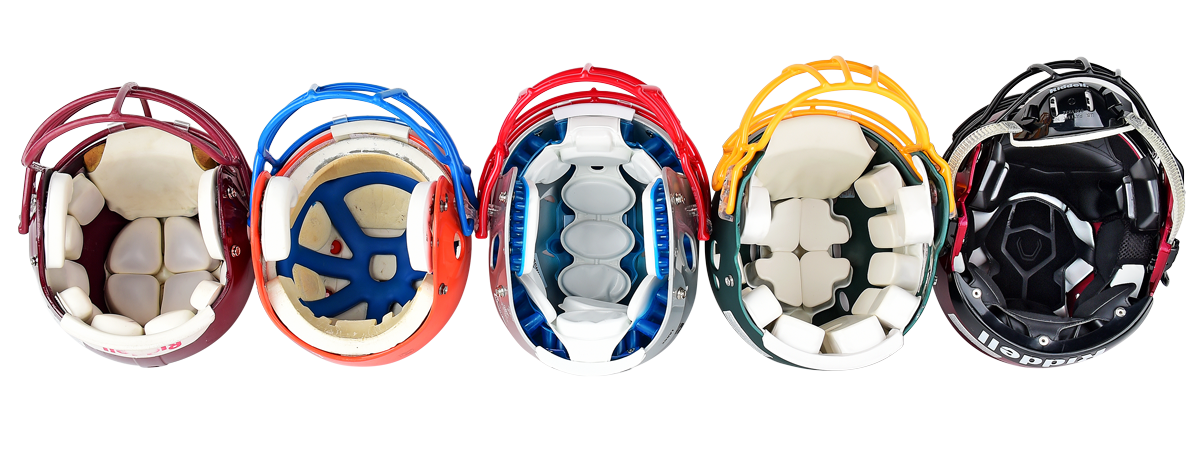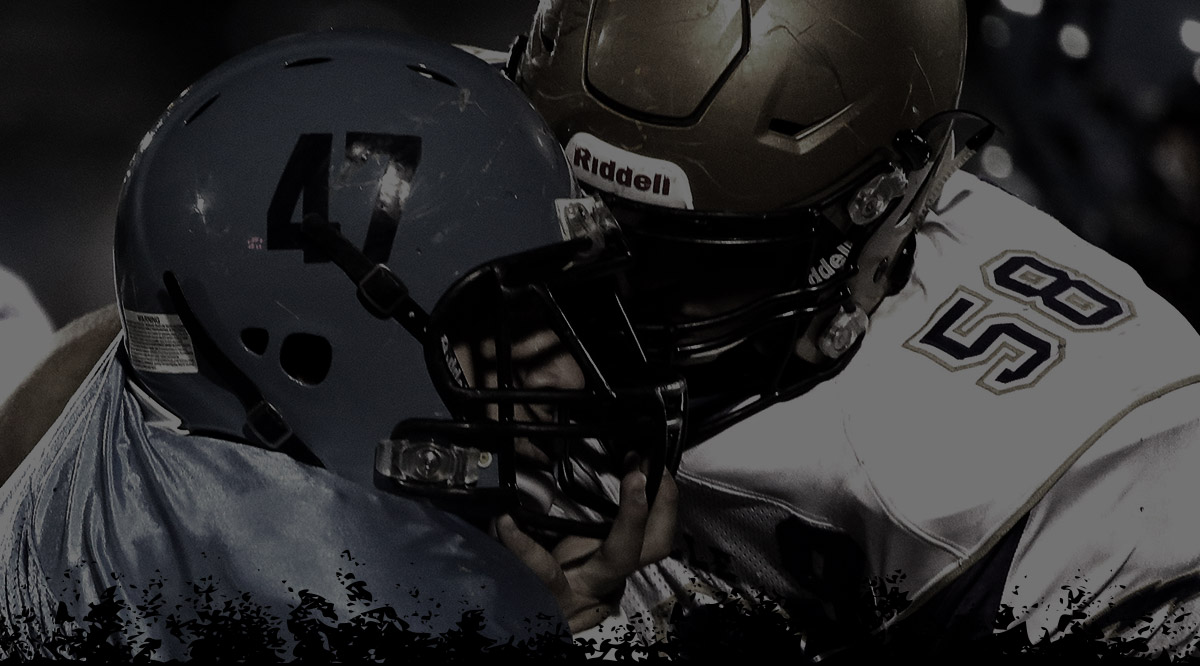
Hard Knocks Helmets and concussions on Long Island
At impacts equal to
car crashes of 15 to 35 MPH
According to Dr. Timothy Gay, University of Nebraska physics professor
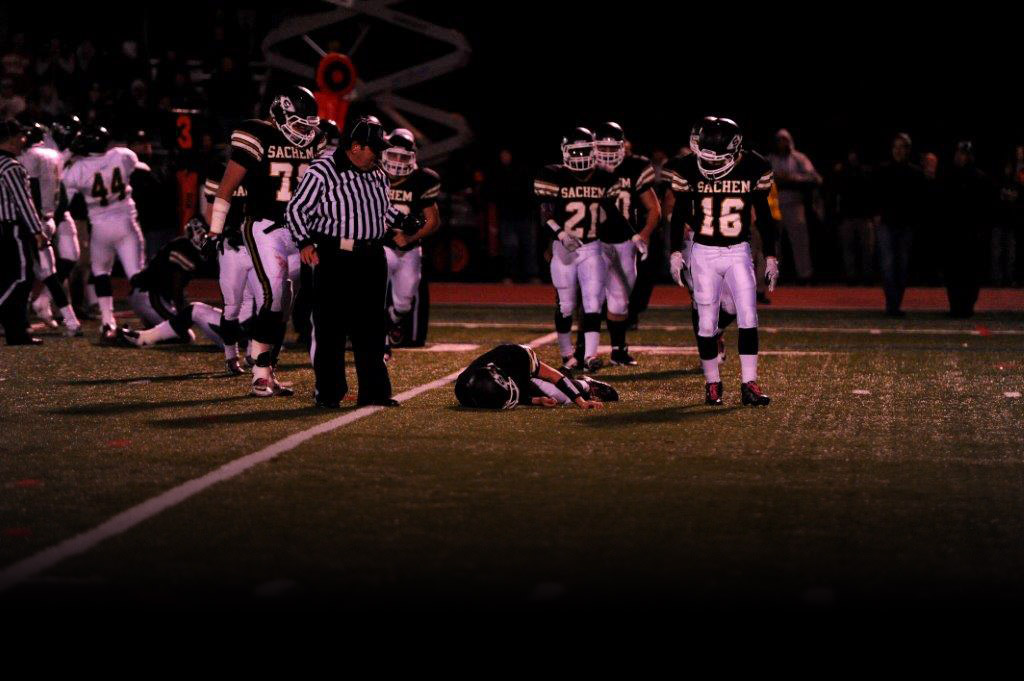
“It was the scariest moment of my life.” – Pam O’Donnell, on seeing her son, Sachem North QB Michael O’Donnell, motionless on the field after suffering a concussion in a 2012 game.
Experts say the
football helmet is the last line of defense
to protect players from head injuries.
AIR FLOWHoles in the helmet’s shell allow for better air flow to allow for heat to escape.
SHELLA helmet’s shell is typically made of polycarbonate to best handle the force of an impact.
PADDINGPadding cushions the head on impact and decreases head acceleration. Each manufacturer uses different material.
CHINSTRAPKeeping the chinstrap tight is important for securing a helmet’s proper fit on the athlete’s head.
FACEMASKDifferent positions tend to use different style facemasks for better visibility.
CHIN CUPThe chin cup should be firmly placed on a player’s chin when it’s strapped to the helmet.
AIR FLOWHoles in the helmet’s shell allow for better air flow to allow for heat to escape.
SNAP BUCKLEThe chin strap is secured by a snap clip so players can easily get in and out of their helmet.
FACEMASK CLIPA facemask is screwed into the helmet so that it remains tight.
CHINSTRAPKeeping the chinstrap tight is important for securing a helmet’s proper fit on the athlete’s head.
SHELLA helmet’s shell is typically made of polycarbonate to best handle the force of an impact.
AIR FLOWHoles in the helmet’s shell allow for better air flow to allow for heat to escape.
SNAP BUCKLEThe chin strap is secured by a snap clip so players can easily get in and out of their helmet.
FACEMASK CLIPA facemask is screwed into the helmet so that it remains tight.
CHINSTRAPKeeping the chinstrap tight is important for securing a helmet’s proper fit on the athlete’s head.
SHELLA helmet’s shell is typically made of polycarbonate to best handle the force of an impact.
SHELLA helmet’s shell is typically made of polycarbonate to best handle the force of an impact.
AIR FLOWHoles in the helmet’s shell allow for better air flow to allow for heat to escape.
VIRGINIA TECH HELMET SYSTEM
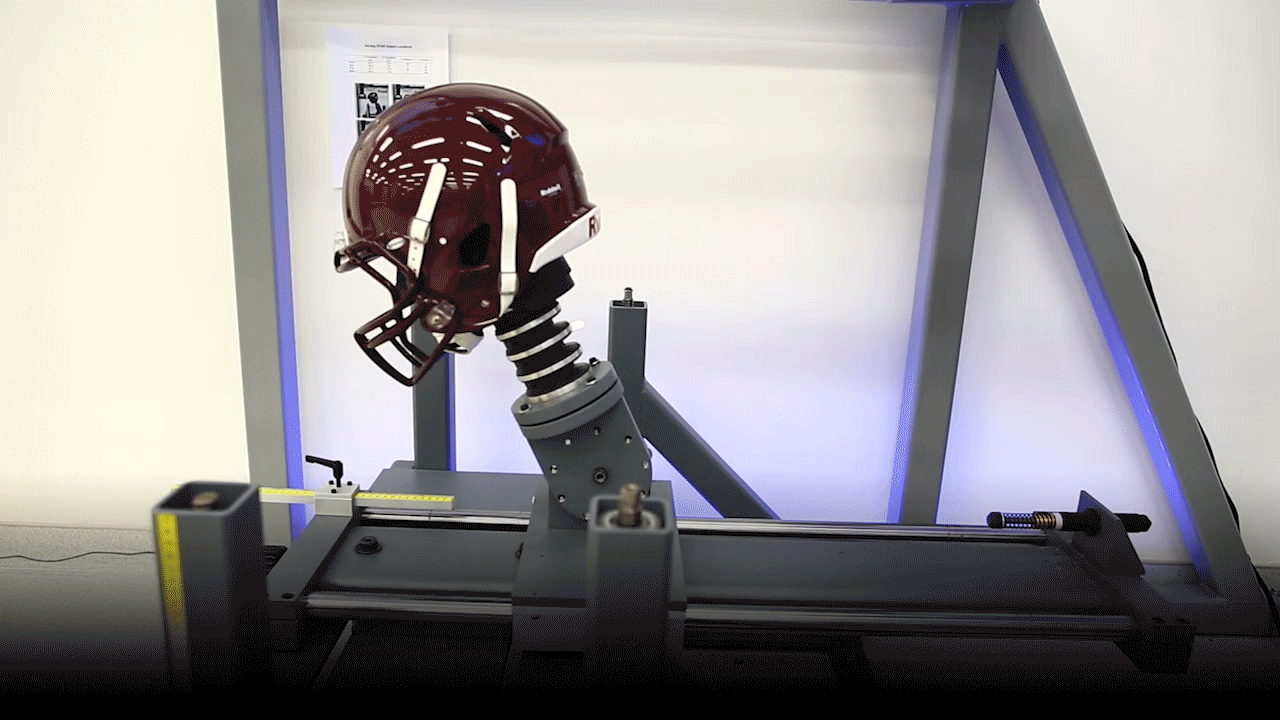
Virginia Tech researchers
have developed a
5-star helmet rating system
that has become the industry standard.
A Newsday examination found Long Island high schools have at least 885 1-star and 2-star helmets in circulation.
Experts call these “low performers” at reducing the risk of concussion.

5-star helmets are considered
the best at reducing head acceleration within the helmet on impact.
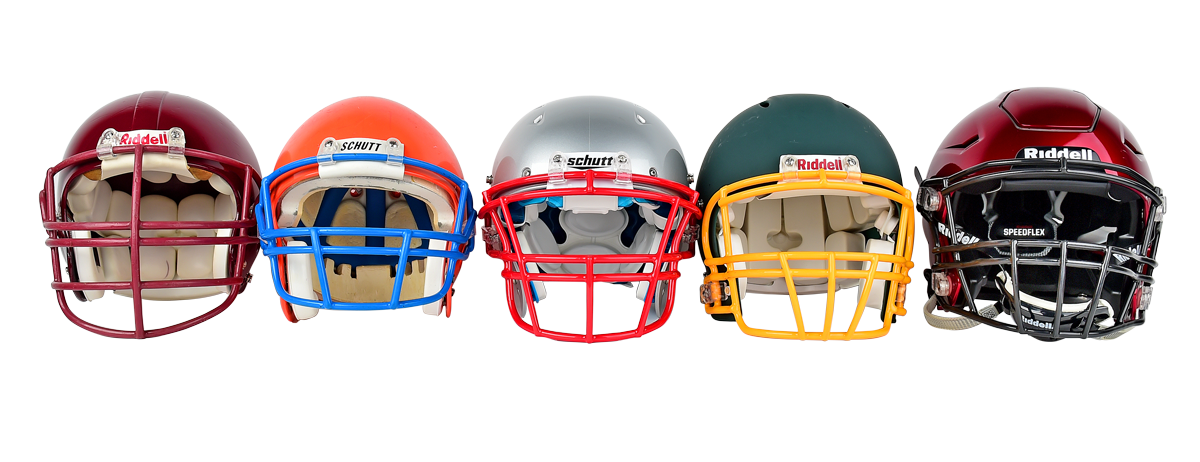
 Riddell VSR4Riddell says this helmet, introduced in 1992, “was the most advanced helmet in the marketplace for many years.” With foam padding on the interior, this was the most common helmet worn in the NFL as recently as 2010. Riddell discontinued sales in May 2011, the same month Virginia Tech released its ratings. There are 343 in circulation on Long Island.
Riddell VSR4Riddell says this helmet, introduced in 1992, “was the most advanced helmet in the marketplace for many years.” With foam padding on the interior, this was the most common helmet worn in the NFL as recently as 2010. Riddell discontinued sales in May 2011, the same month Virginia Tech released its ratings. There are 343 in circulation on Long Island.
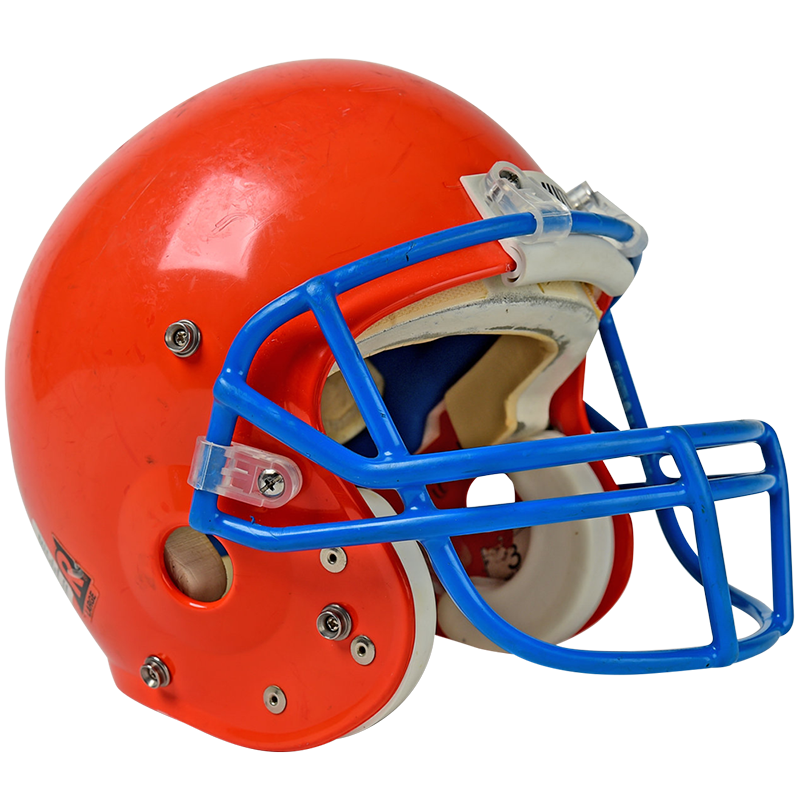 Schutt Air AdvantageIntroduced in 2001, it was designed to be lighter and had a smaller outer shell than most helmets. Helmet designs since have become larger, often with more room for padding on the inside, to better manage energy. Schutt says it discontinued this helmet in 2011. There are 542 in circulation on Long Island.
Schutt Air AdvantageIntroduced in 2001, it was designed to be lighter and had a smaller outer shell than most helmets. Helmet designs since have become larger, often with more room for padding on the inside, to better manage energy. Schutt says it discontinued this helmet in 2011. There are 542 in circulation on Long Island.
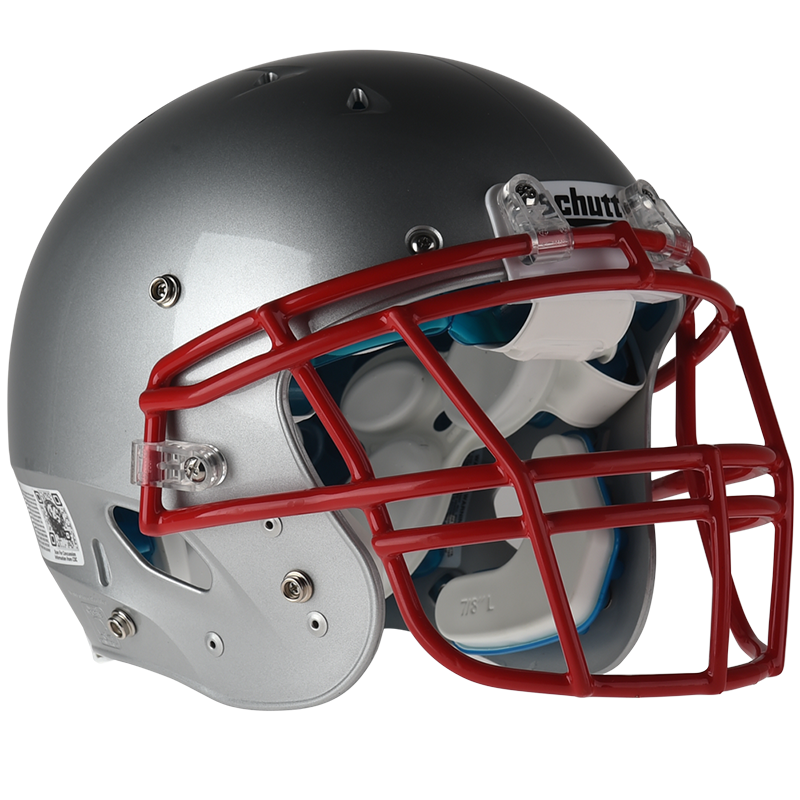 Schutt DNA Pro+This helmet’s shell is slightly smaller and therefore does not manage energy on low-impact hits as well as its others in Virginia Tech’s testing, Schutt says. This helmet is the third generation of a model released in 2003. Schutt stopped manufacturing this model last month. There are 666 in circulation on Long Island.
Schutt DNA Pro+This helmet’s shell is slightly smaller and therefore does not manage energy on low-impact hits as well as its others in Virginia Tech’s testing, Schutt says. This helmet is the third generation of a model released in 2003. Schutt stopped manufacturing this model last month. There are 666 in circulation on Long Island.
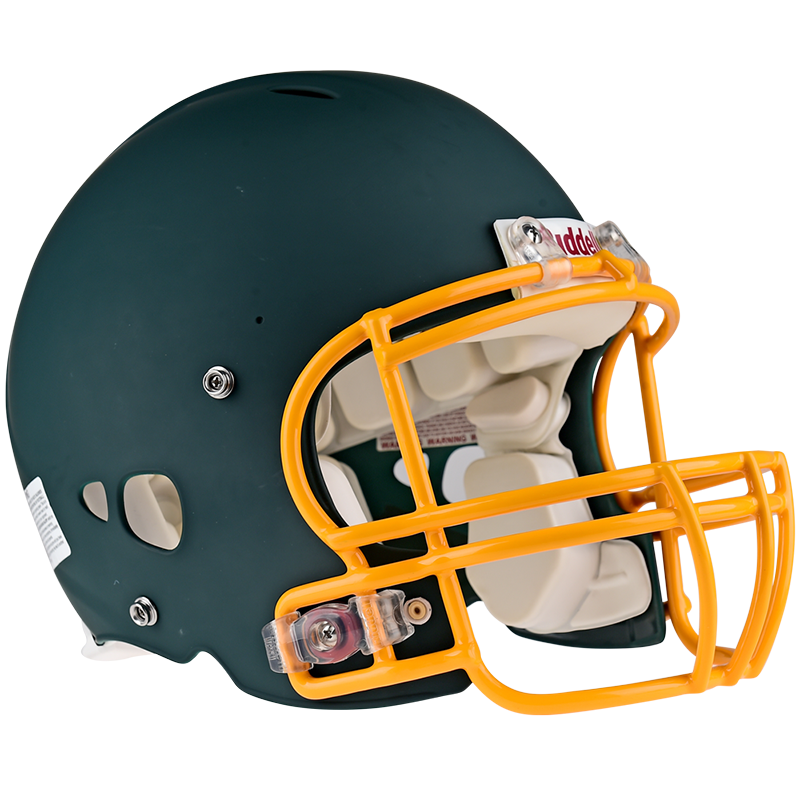 Riddell RevolutionRiddell says this was the first helmet designed to reduce concussions. Introduced in 2002, its polycarbonate shell is wider and extended further along the jaw line than its predecessors. Riddell said last month it will no longer manufacture this helmet. There are 3,028 in circulation on Long Island.
Riddell RevolutionRiddell says this was the first helmet designed to reduce concussions. Introduced in 2002, its polycarbonate shell is wider and extended further along the jaw line than its predecessors. Riddell said last month it will no longer manufacture this helmet. There are 3,028 in circulation on Long Island.
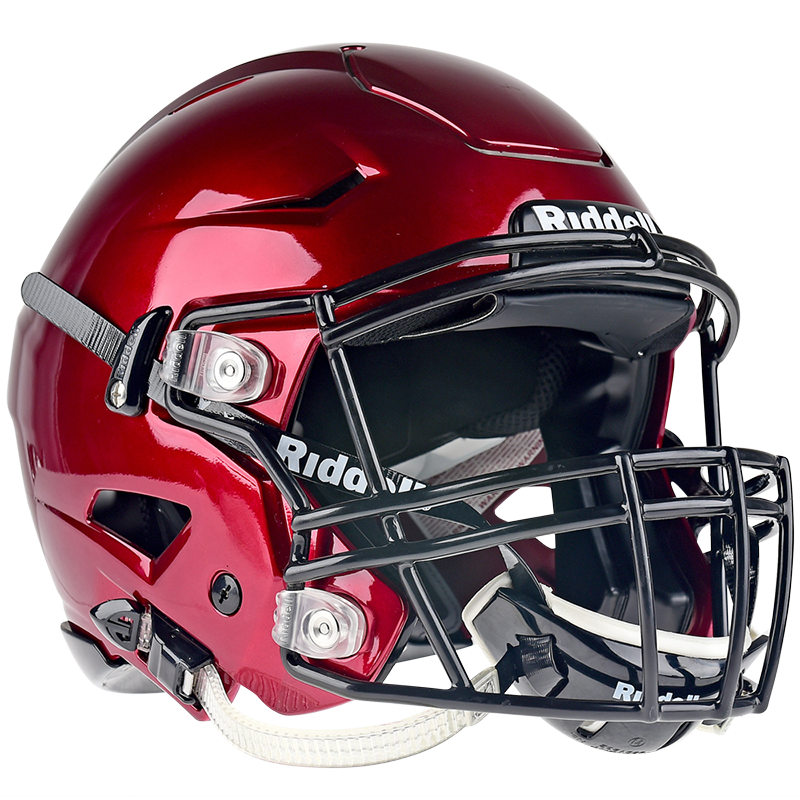 Riddell SpeedFlexIntroduced last year, the SpeedFlex features flexibility in certain portions of the helmet’s shell and facemask, which Riddell says reduces impact force transfer to the athlete. There are 154 in circulation on Long Island.
Riddell SpeedFlexIntroduced last year, the SpeedFlex features flexibility in certain portions of the helmet’s shell and facemask, which Riddell says reduces impact force transfer to the athlete. There are 154 in circulation on Long Island.
All major helmet manufacturers make 4-star and 5-star helmets.
“The difference between the top and the bottom is dramatic…” – Stefan Duma, Virginia Tech
There was a 54% reduction in concussions
among players wearing a 4-star helmet compared with those wearing a 1-star helmet, a separate six-year study found.
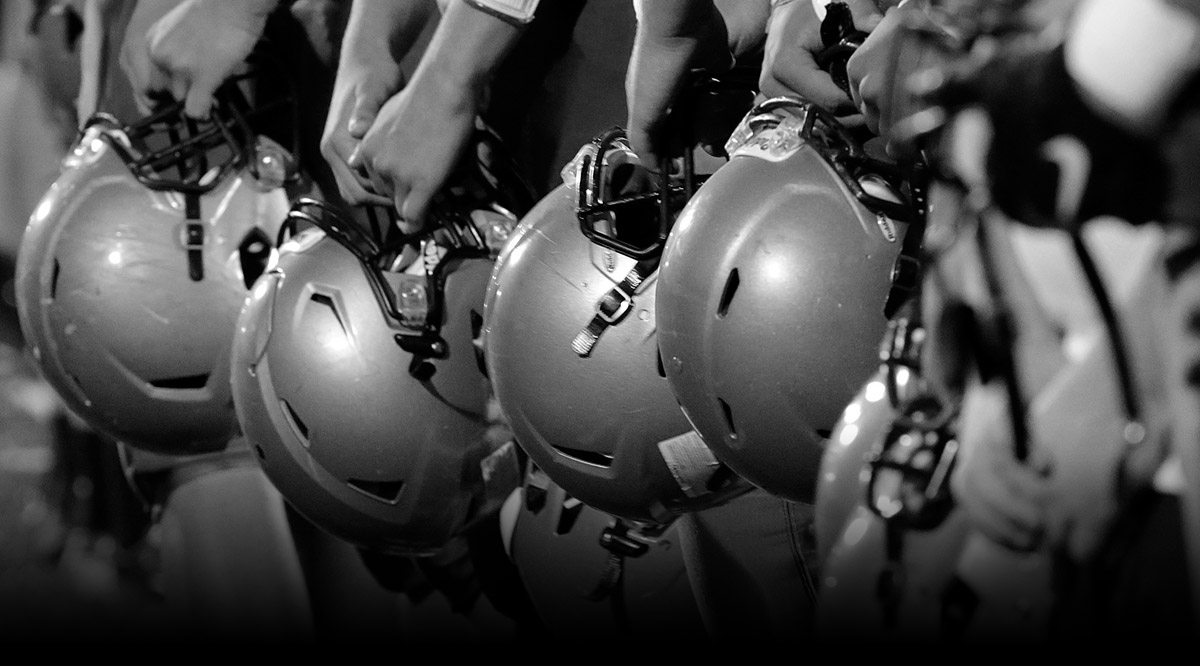
In 2014, a Shoreham-Wading River junior died after a helmet-to-helmet hit.
In response, Port Jefferson replaced its helmets by buying
50 new 5-star helmets for $14,749

“If this was your son, which helmet would you want on his head?” – Port Jefferson athletic director Debra Ferry
Schools typically purchase about 10 new helmets per year ranging in cost from $150 to $400.
Oyster Bay bought 85 5-star helmets equipped with sensors for $33,915
Oyster Bay is the first school on Long Island to wear these helmets that signal when a player receives a hit above a certain threshold.
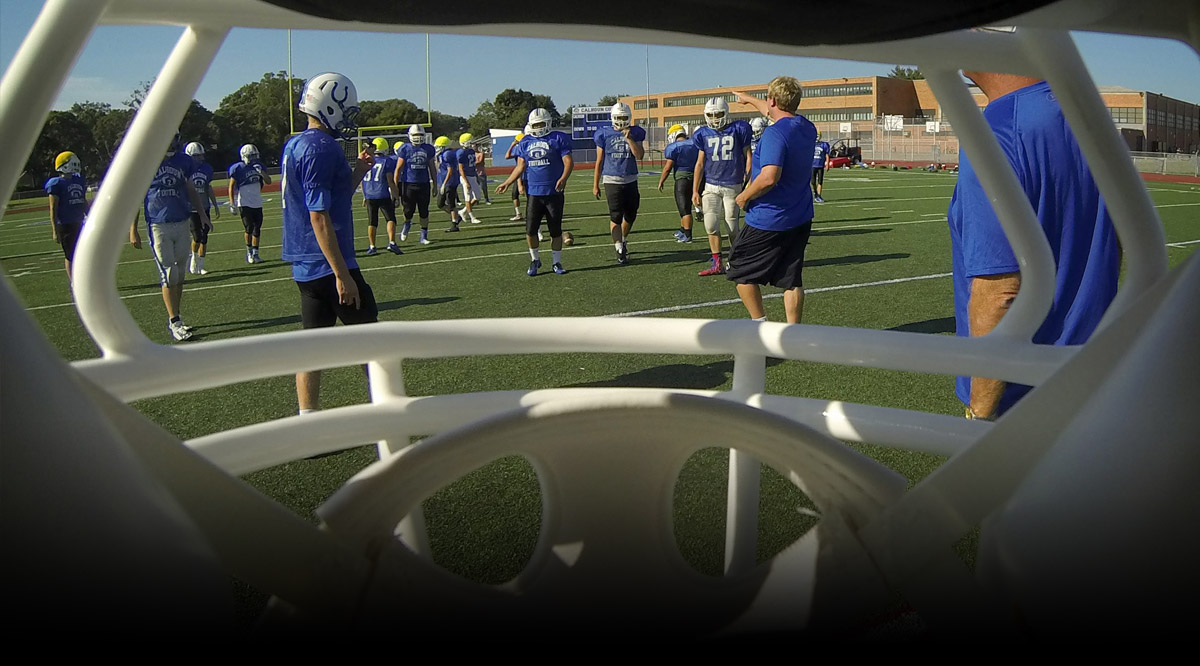
Regardless of which helmet a player is wearing, concussions remain a part of the game.
“I don’t know if a different helmet would have done anything.” – Pam O’Donnell

But many experts believe better helmets can help.
“I would not put my kid in one of those 1-star helmets.” – Kevin Guskiewicz, a member of the NFL’s Head, Neck and Spine Committee
Data
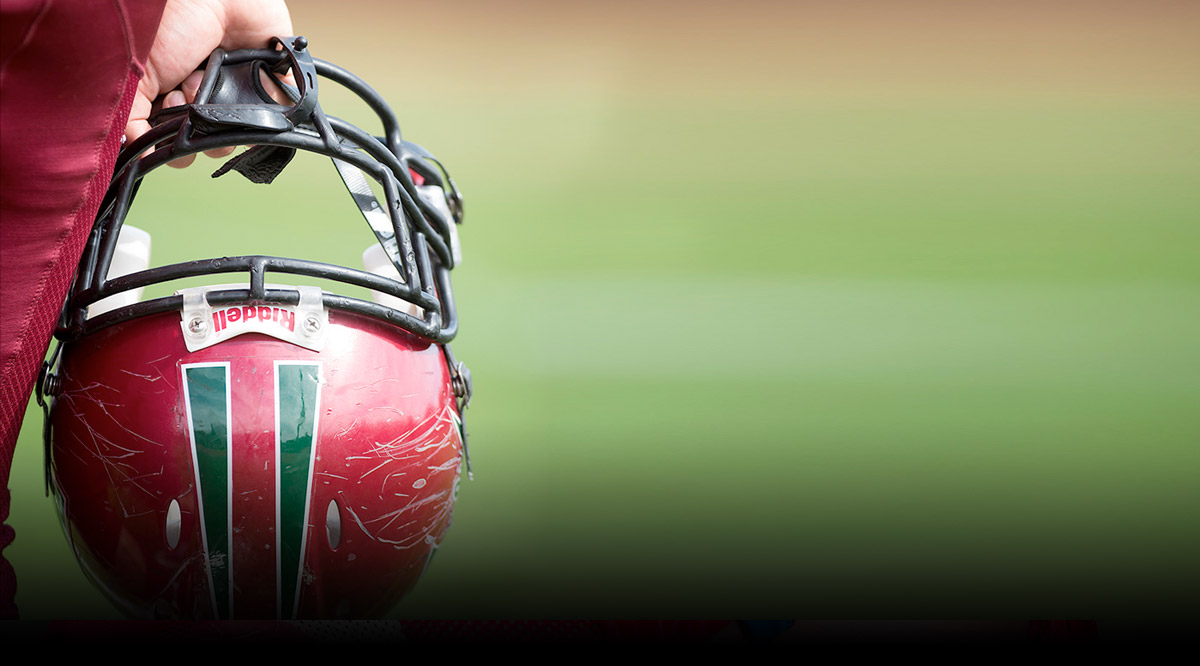
Just as safety testing changed how the auto industry made cars, Virginia Tech researchers changed how football helmets are made.

1-star and 2-star helmets have not been manufactured since 2011.
Another 408 of the 9,502 helmets are not rated.
Unrated helmets are more than 5 years old and no longer being manufactured.
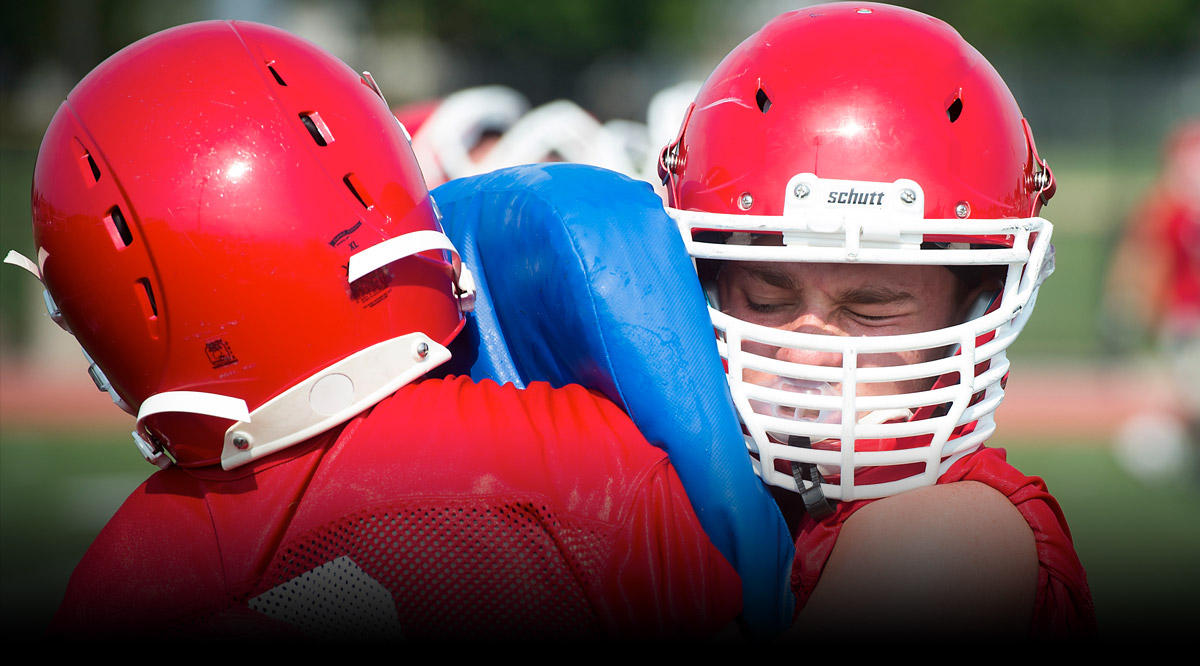
On Long Island, 60 schools have 1-star and/or 2-star helmets in inventory.
27 schools only have
4-star and 5-star helmets.
Schools ranked by helmet inventories, beginning with
the most 1- and 2-star and unrated helmets
Concussions
On Long Island, there were 364 reported concussions
in football among districts covering 90 high schools in 2014.
“It felt like my brain was rebooting…” – Yusuf Young, former Roosevelt linebacker
14 high schools reported no concussions in football.

“Statistically it would be pretty unusual to have 14 schools not report any concussions over one season.” – Kenneth Perrine, a neuropsychologist
Finale
While better helmets can help, they do not guarantee a player won’t suffer a concussion.
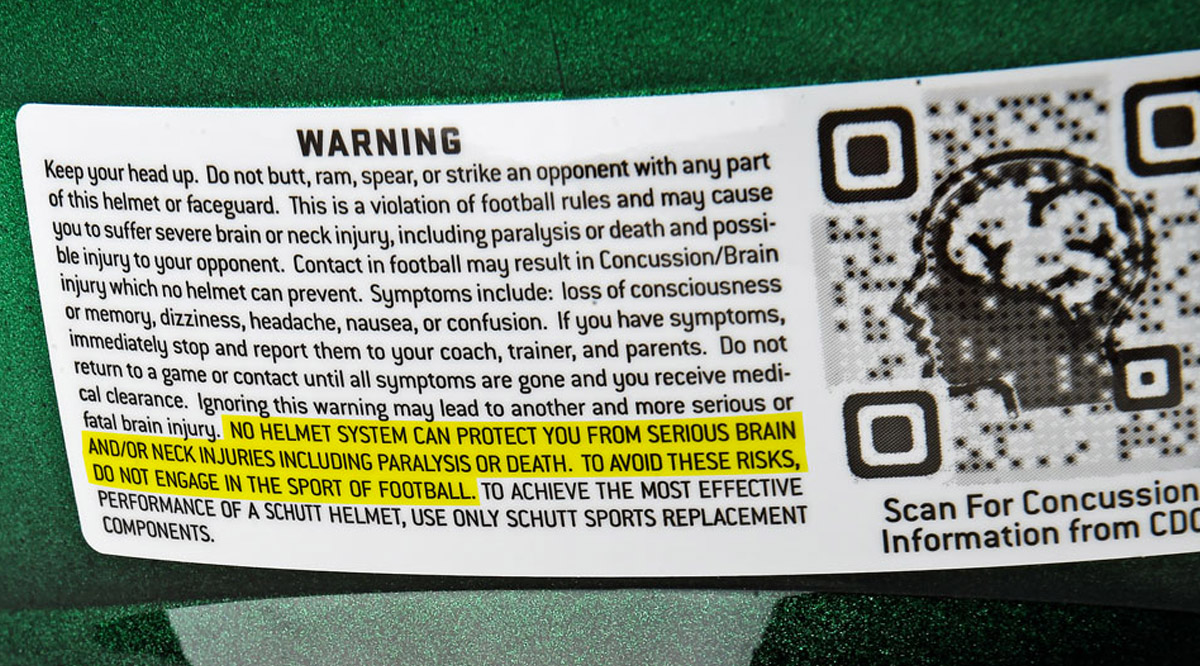
“If you want to avoid the possibility of a concussion, you probably shouldn’t be playing the game of football.” – Robert Erb, Schutt CEO
REPORTER: Jim Baumbach PROJECT EDITOR: Hank Winnicki DESIGN: Anthony Carrozzo, Matthew Cassella DEVELOPER: TC McCarthy VIDEO: Jeffrey Basinger, Robert Cassidy, Chuck Fadely, Mario Gonzalez, Greg Inserillo, Arnold Miller, Jessica Rotkiewicz, Chris Ware PHOTO EDITOR: John Keating PHOTOGRAPHERS: Thomas A. Ferrara, J. Conrad Williams Jr. INTERACTIVE EDITORS: Saba Ali, Mark La Monica ADDITIONAL REPORTING: Laura Albanese, Ann Choi, Timothy Healy

